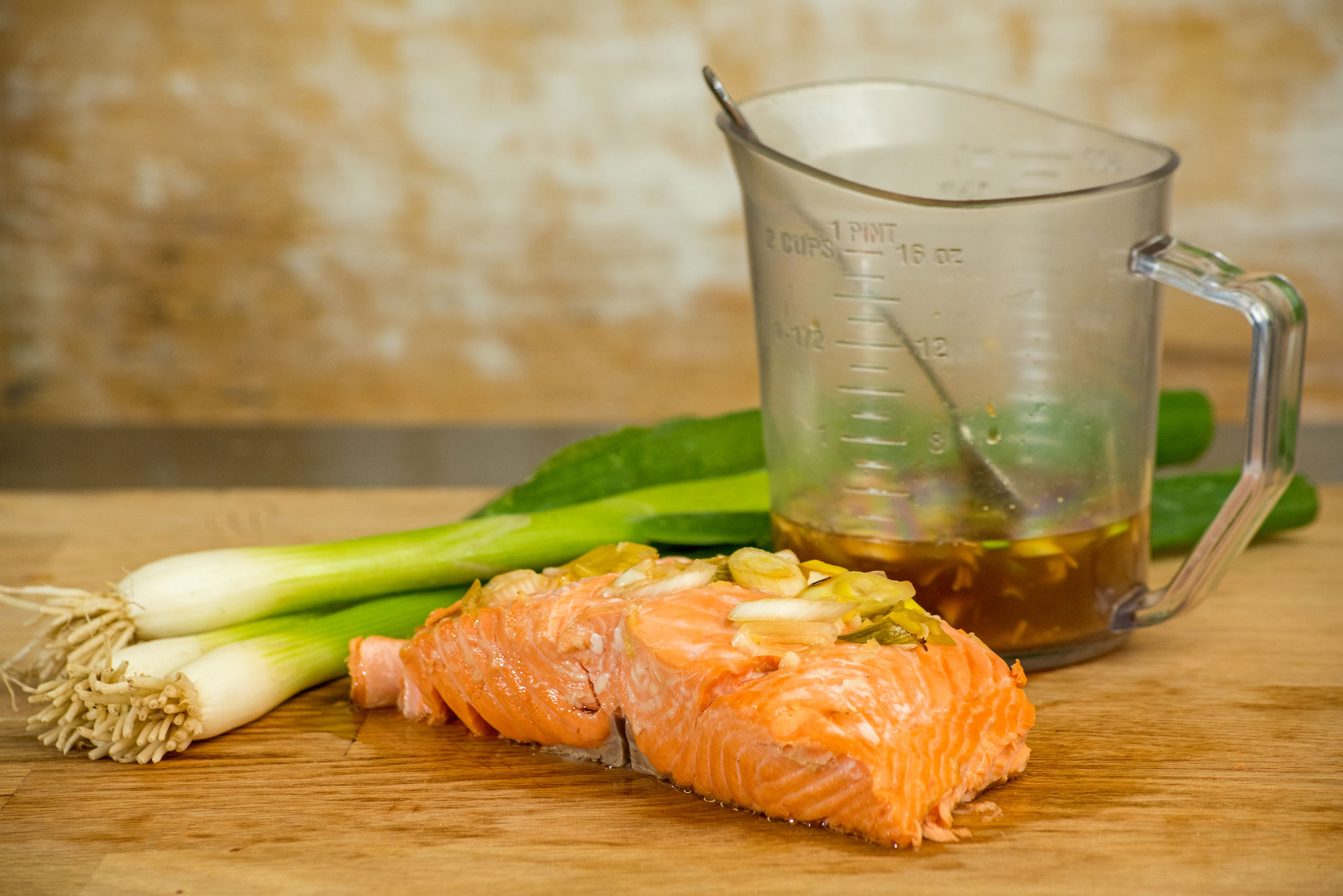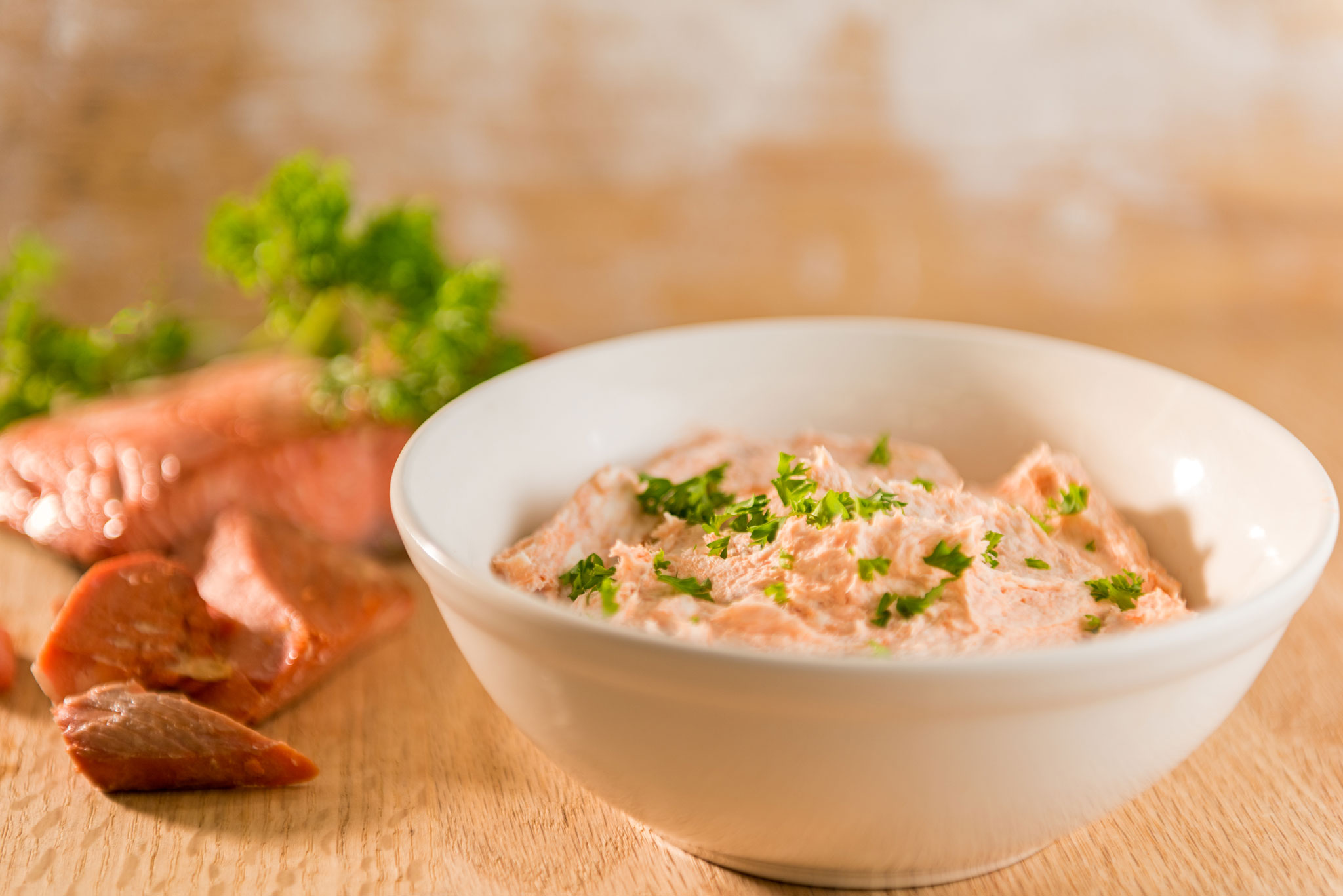My first memorable fish experience is tied to my mother’s love for salmon. It was a bit of a problem mostly because we lived in Texas where fresh salmon was almost impossible to get. She usually settled for canned, the pungent aroma lingering on her fingers and wafting around the kitchen for hours after an indulgence. Salmon eaten from the can with a fork was her little chunk of heaven.
There are more than 33,000 species of fish on Earth, most of which are edible. Fish are also the most diverse group of vertebrates and have been a vital food source for humans since time can be remembered. Yet today, we eat very few fish species.
The general term “fish” can be divided into three categories: whitefish, oily fish and shellfish. I’ll save the shellfish conversation for another time. Whitefish includes haddock, bass, halibut, perch and cod. Oily fish are sardines, trout, tuna, anchovies and salmon. While fish is consumed by every culture in varying quantities, it wasn’t until the 20th century that the health benefits were documented.
During the 1970s, observation and study of the Eskimos in Arctic Greenland and the inhabitants of Okinawa, Japan made scientists realize that the high consumption of omega-3-rich fish in these areas was positively impacting the risk of heart disease. Studies during the 80s and 90s provided even more irrefutable proof.

Now, scientists know that fish consumption can also lower the risk of many cancers and chronic diseases such as Alzheimer’s, asthma, depression, diabetes and rheumatoid arthritis.
But not all fish are created equal, at least when it comes to their omega-3 fatty acid content.
It is estimated that an average of 200 to 400 milligrams of omega-3 per day, or 10 to 12 ounces of fish per week, is the most beneficial. Oily fish can have 1 gram or more of omega-3 per 3-ounce serving, while mahi mahi has half a gram or even less. Of course, you can always supplement with a good quality fish oil.
Toxins in fish, especially mercury, should also be a consideration, especially for pregnant and nursing women. Eat deepwater ocean and young mountain stream fish more often than lake and older freshwater fish that have been exposed to pesticides and PCBs. Check the National Listing of Fish Advisories (www.epa.gov/waterscience/fish) and the Environmental Working Group for fish safety information.
Story continues after a quick message from our sponsor below.
When choosing and cooking the best fish for your dinner table, here are a few things to keep in mind:
» Appearance. Fresh fish should be firm, not flaky or slimy, and should not be sitting in a pool of liquid. Eyes should be clear and fish should smell like salt water, not “fishy.” If frozen, avoid white patches and do not refreeze once thawed.
» Preparation & cooking. Fish can be broiled, poached, grilled, pan-fried, oven-fried, smoked, cured, pickled, deep-fried, steamed, canned or eaten raw (sushi). Before cooking, rinse briefly in cold water and pat dry. Run your fingers over the fillet and remove any bones with tweezers. Cooked fish will be firm and moist, flaky but not falling apart. See the Nspire blog for two flavorful salmon recipes.
» Storing. Freeze or eat fresh fish within two days. Cooked fish should be eaten within one to two days. Frozen fish will keep for up to six months. N
By Michael Bennett
Photography By Joel Riner
As Featured In: 2018 Summer/Fall CDA Edition




